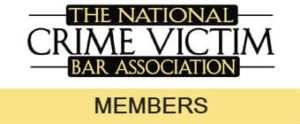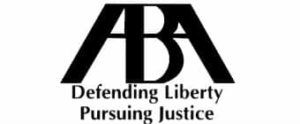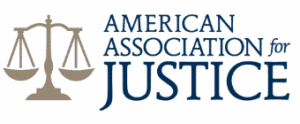
Hi - I’m Kevin. I am an attorney that is licensed to practice law in Virginia. My team has helped numerous sex abuse survivors obtain the compensation they deserve. I am looking forward to helping you find justice.
This article is sponsored by the sexual abuse lawyers of Harrisonburg. We are happy to provide you a quick overview of the history of the city of Harrisonburg.
Harrisonburg is an independent city situated in the Shenandoah Valley region of the Commonwealth of Virginia. Originally known as "Rocktown," the area was settled by Thomas Harrison in 1737 as he laid claim to over 12,000 acres of land at the intersection of the Spotswood Trail and the main Native American road that runs through the Shenandoah Valley. In 1779, 2.5 acres of the land was deeded to the "public good" so a courthouse could be constructed. In 1780, an additional 50 acres of land was deeded. The area would become known as "Historic Downtown Harrisonburg."
Over the years, the city has expanded in size. Newtown – a settlement that was annexed by the city of Harrisonburg – was formed by the slaves of the Shenandoah Valley who were freed in 1865. In 1892, the town of Newtown became part of the city and is now located in Downtown Harrisonburg. In the 1960s, the city government used federal redevelopment funds provided through the Housing Act of 1949 to force black families to vacate their homes and proceeded to dismantle the neighborhood. Known as Project R4 and R16, families were forced to sell their homes and businesses. Most of them were unable to open back up again. It is estimated that around 93 to 200 families were displaced during this time. Cultural landmarks like the Old First Baptist Church were demolished, and the historic African American cemetery, Newtown Cemetery, was impacted. The Baptist church was later rebuilt and is now among one of the predominantly black churches in Harrisonburg. Newtown is also home to other predominantly black churches like the Bethel AME. Situated in the old Luch Simms schoolhouse – a school used for black students during the days of segregation – the modern Boys and Girls Club of Harrisonburg is also located in the neighborhood.
In 2002, talks about revitalizing the downtown area of Harrisonburg were heard after discussions on developing a pedestrian mall downtown fell through. On July 1, 2003, the nonprofit organization Harrisonburg Downtown Renaissance was incorporated with the mission to rejuvenate the downtown district. In 2004, the downtown area was designated on the National Register of Historic Places as the Harrisonburg Downtown Historic District. It was also designated as a Virginia Main Street Community. In 2008, the area spent more than $1 million in cosmetic and sidewalk infrastructure improvements. It was named a Great American Main Street by the National Main Street Association in 2014.
Learn more: The Evolution of Charlottesville, Virginia
In recent years, the city of Harrisonburg has become supportive of ethnic and linguistic diversity. Since 2002, over 1,900 refugees have settled into the area. As of 2014, the city's population is made up of around 19% of Hispanics or Latinos of any race.
Harrisonburg has been the recipient of many awards. In 2009, it was number 15 on Backpacker's "the Best City to Raise an Outdoor Kid." In 2016, it was ranked number six on the "Favorite Town in America" by Travel + Leisure and number three on the "Happiest Mountain Town" by Blue Ridge Country Magazine. Since 2014, the city has held the title of "Virginia's first Culinary District." The week-long "Taste of Downtown" event is held annually to showcase the many breweries and restaurants in the area. Other events, art centers, programs and collectives that contribute to the cultural aspect of Harrisonburg are:
The many historical sites that are located in Harrisonburg also added to the cultural essence of the city. Built around 1790, the Harrison House, which was formerly known as the Thomas Harrison House, is a modest stone house in Harrisonburg. Exemplifying the stone vernacular architecture in the Shenandoah Valley during that era, the house was thought to be erected for Thomas Harrison in 1750. Nonetheless, the city of Harrisonburg grew up around this home that's now part of the Harrisonburg Downtown Historic District.
Was your child a victim of violence while they were at daycare? Contact our Harrisonburg daycare abuse attorneys to discuss the legal options you have at your disposal. Call today to schedule your free consultation.


